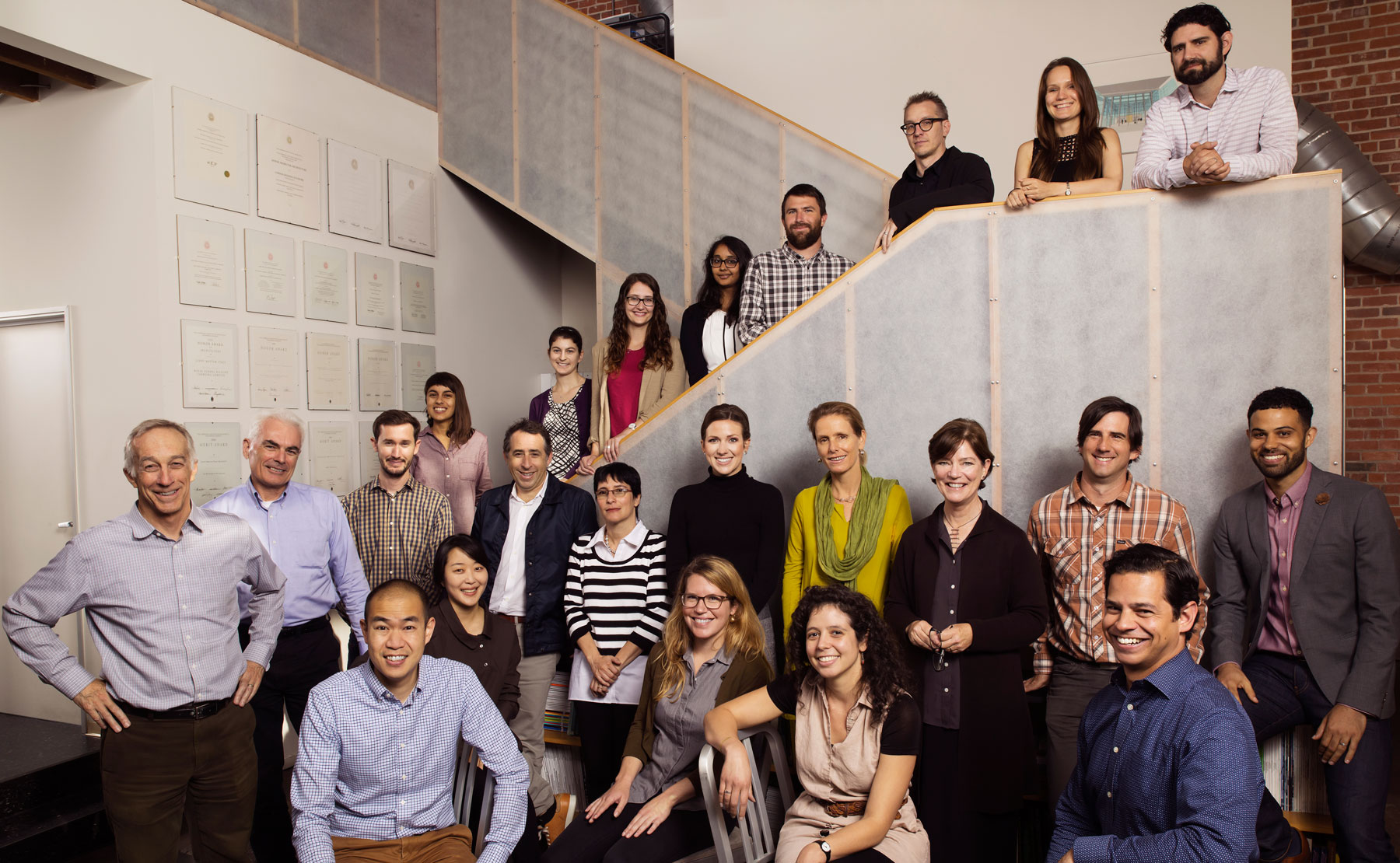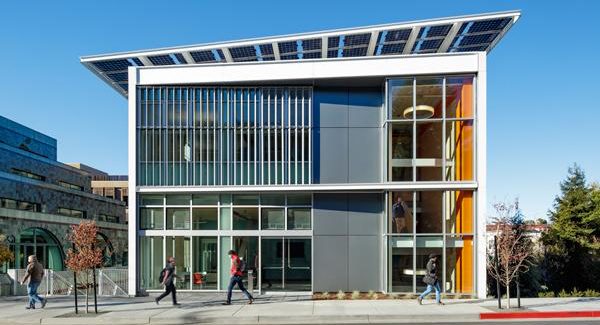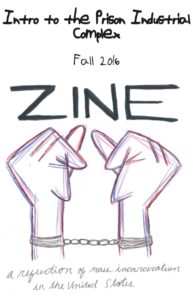Based in San Francisco, Leddy Maytum Stacy Architects (LMS) has been at the forefront of the environmental architecture movement for the past sixteen years. After branching off from Tanner van Dine in 2001, Bill Leddy and Marsha Maytum, parents of Anna Leddy ‘05, and Richard Stacy, father of Claire Stacy ‘14 and Nora Stacy ‘17, established their own architectural firm focused on architecture with a public purpose — schools, affordable housing, civic buildings and green design.

The principle architects all come from diverse educational backgrounds — their different skill-sets and experiences inform the firm’s multifaceted ethos. Martha Maytum began her educational career as a dancer but soon turned to architecture as a more practical form of art. She studied at the University of Oregon for five years, becoming invested in environmental architecture in the 1970’s. Her husband, Bill Leddy, had known that architecture was his path since the age of eight. He pursued his interest and similarly received his architecture degree from the University of Oregon, where he met Maytum. Richard Stacy received his architecture degree from Rice University in Texas. After recognizing the lack of opportunities in environmental architecture in Houston, he moved to San Francisco where he first interned and then began working as an architect. Stacy loves being an architect. For him, “Architecture has a lot of parts to it. There is a spectrum from the artistic to the highly technical. We juggle many facets of the job, but what I love most is the development of a project as it is a central point of connection for everybody.”
Today the firm focuses on architecture with a public purpose. Both Maytum and Stacy refer to their architectural endeavors as “mission-driven work.” Maytum said that, “We only have one career and all of us wanted to make a contribution and focus on the things we felt were important to us and to the community. This includes environmental architecture as a cornerstone.” The firm has won numerous awards for green architecture and is currently working on a range of public projects, including educational centers and affordable housing.
The partners and senior associates at LMS juggle many tasks in their day-to-day work —from visiting sites to directing designs to coordinating with mechanical and structural engineers. Currently, Stacy is focusing on a graduate center on Pier 2 for the San Francisco Art Institute. Two years ago, the firm completed the structural and seismic aspects of the project. They added a large solar voltaic piece to the roof and are now adding studio spaces, a multi-media theater, maker spaces, and installation rooms. Stacy hopes to be done by next summer. Meanwhile, Maytum is overseeing the design and construction of the new Commonwealth headquarters. While this is a privately-funded project designed to create office and presentation spaces for members of the Commonwealth Club, the firm is paying homage to the building’s unique history as the site of the 1930’s labor riots by constructing a public display about San Francisco’s history.
Eco-design plays a role in every building that the firm works on. While some clients do not seek their LEED certification due to the expensive cost, the architects still incorporate eco-policies into every building. For example,in the Jacobs Institute for Design at UC Berkeley, the firm utilized a photovoltaic array, focused on ventilation and air quality, and reduced the energy usage by 90%.

A large part of eco-design is incorporating landscape and greenery into each structure. LMS Architects always ensure that landscape architects are brought into the design conversation early and frequently. At the California Shakespeare Theater in Orinda, LMS Architects used living roofs to reflect the natural habitat of the area, collect rainwater, and insulate the buildings. LMS Architects also incorporated landscape design into The Nueva School located in Hillsborough. They utilized living roofs once again, created habitats for endangered butterflies, integrated the outdoor spaces into science classes by adding webcams on the roof, worked with the natural topography of the space, created outdoor hallways, and used the trees that were cut down as the material for the buildings.
Maytum and Stacy also mentioned that living in a city like San Francisco informs many of their designs. Maytum explains, “Each project is site-specific. It is developed for what is appropriate for the community, neighborhood, and setting.” This means paying attention to the topography and climate as well as the codes set in place by the San Francisco government. Stacy added that building a firm that stresses the importance of sustainable architecture was a much easier task to achieve in San Francisco than Jacob Institute for Design Innovation at U.C. Berkeley photo courtesy of LMS Architects in Houston, where he attended architecture school. He believes that culturally, San Francisco has a more environmentally- minded population. Even since the pioneering days of green architecture, San Franciscans have embraced the possibilities it can provide.
In fact, California is one of the few states with energy usage restrictions for buildings. While architects generally despise codes, LMS is in full support of the city’s energy codes as they make it much easier to convince clients to incorporate eco-policies into their designs. Many nonprofit clients, such as those who build affordable housing, have grown gradually more open to the idea of incorporating eco-policies into their structures. Nonprofits have begun to embrace these policies as they simultaneously create healthy living spaces and keep energy costs low. Although some for-profit clients are more reluctant to abide by the city’s energy codes, Stacy and Maytum still believe the codes are smart and useful, as they force clients to consider both the environment as well as the profit.
LMS Architects believe that these environmental codes must be abided by in order for a society to progress. Some of the codes even relate to future architectural projects. Currently, all structures constructed in the Transbay neighborhood of San Francisco must incorporate purple pipe, pipes that will be used for a future reclaimed water system, into their infrastructure. This idea is quite visionary – while these pipes are not utilized today, this sets the tone for future design projects in the area.
While San Francisco is known as one of the centers of green architecture, this method of building is gradually permeating throughout the rest of the country and the American Institute of Architects has recently added an award for green architecture. Many architects throughout the world also use the LEED certification system to standardize the use of environmental policies. LEED certification was actually developed here in San Francisco and eventually made its way to Washington D.C. The system monitors energy usage, water usage, materials chosen, site, and community factors. The rating system continually evolves – currently, it is being adapted to rate the environmental design of pre- existing structures. LMS frequently uses the LEED certification system. In fact, over half of their staff are LEED-credible professionals and LMS is ranked the sixth greenest firm in the country.







